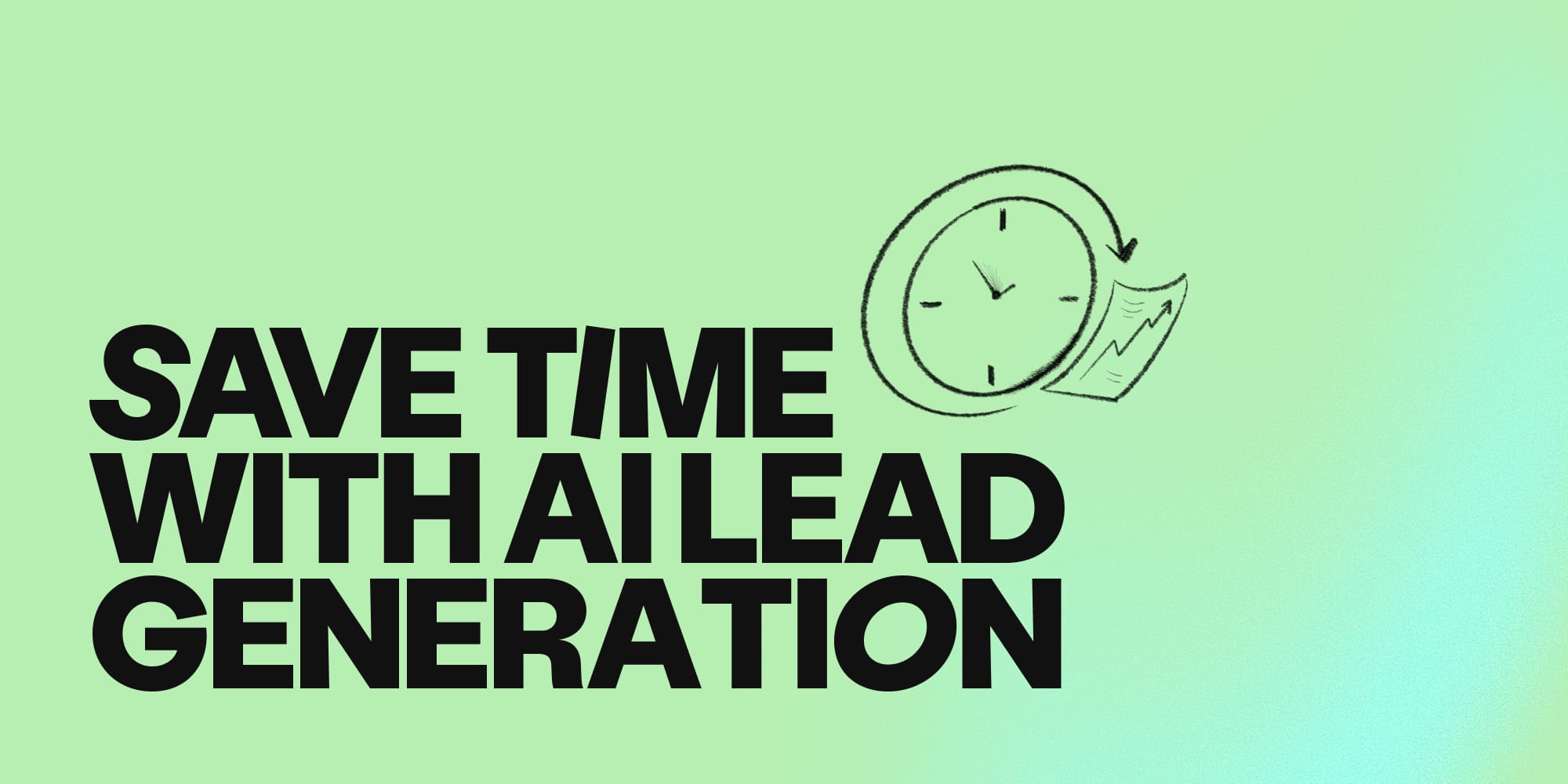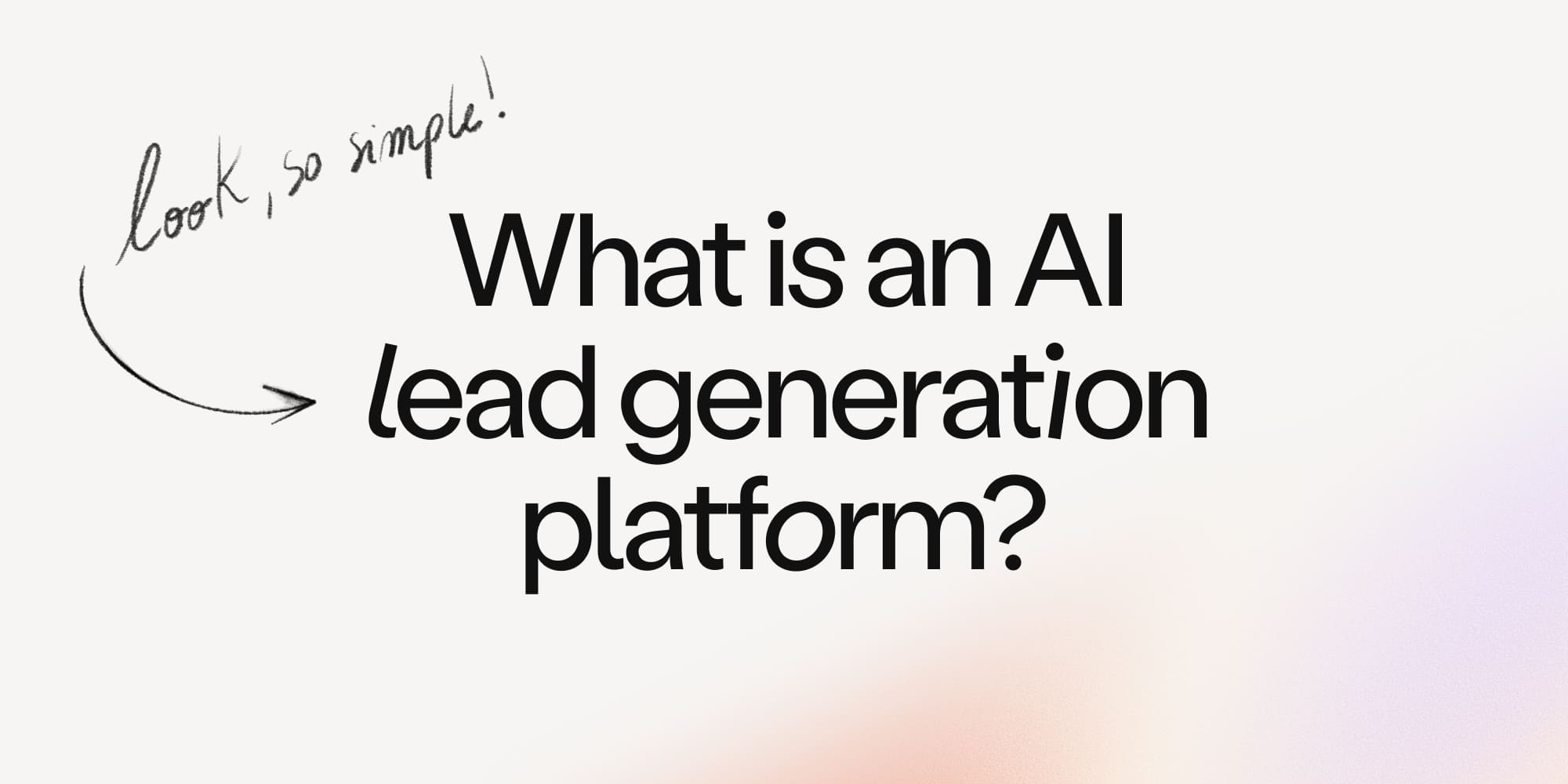Mastering sales funnels: Definitions, examples, and optimization
•
February 29, 2024
.jpg)
In this comprehensive guide, we dive into the sales funnel: a crucial concept in modern business. By understanding and optimizing your sales funnel, you can enhance your sales strategy, improve customer engagement, and drive business growth.
What is a sales funnel?
A sales funnel is a strategic model that represents the journey potential customers take from first learning about a product or service to making a purchase decision. It's a visual metaphor for the gradual process of converting prospects into customers, with each stage representing a different level of engagement.
Starting wide at the top and tapering down to a narrow bottom, it reflects how your initial pool of leads is filtered into qualified leads and then into converted buyers. It’s your job to get as many to the bottom as possible.
Sales funnel vs. sales pipeline: what's the difference?
If a sales funnel is a virtual roadmap for your prospects, a sales pipeline covers everything you need to do as a salesperson. Your pipeline includes everything in your sales cycle from prospecting to cold outreach, qualification to meeting, proposing, closing, and following-up.
Understanding the sales funnel process
A basic sales funnel is divided into three stages: top of the funnel (TOFU), middle of the funnel (MOFU), and bottom of the funnel (BOFU):
Top of the funnel (TOFU)
The widest part of the funnel - leads have had little or no interaction with your brand or product so far. Using your ICP as a guide, your goal is to bring awareness to your target audience in order to start drumming-up interest in your brand and product.
Middle of the funnel (MOFU)
Leads have moved from awareness to consideration of your product and are assessing how your product can fit their needs.
Some might be marketing-qualified leads - people who engage with your marketing actions but aren’t really open to a sales pitch.
Others will turn out to be sales-qualified leads - those who are actively considering a purchase and can be nurtured to convert.
Bottom of the funnel (BOFU)
The narrowest part of your funnel - the fewest leads, but ready to buy. They’re now opportunities with a high likelihood of becoming converted customers.
In an ideal world, your prospects would move steadily down the funnel in a nice linear progression.
In reality, things don’t work like that. Don’t be surprised if prospects fluctuate up and down or move faster or slower than you expect.
Importance of sales funnels for B2B businesses
Did you know the average lead-to-opportunity conversion rate is just 13%? It’s up to you to do better than that by building an effective sales funnel.
Nowhere is this more important in B2B sales. Here’s why:
- Product exposure: B2B products or services tend to be larger, more costly, diverse, or complicated than in B2C sales. This makes it even more important to have a structured approach to your sales outreach.
- Improved productivity: By using your funnel to organize your prospects, you can stop wasting time on unqualified leads and prioritize those who are ready to buy or getting close.
- Smarter forecasting: Analyzing the progress or drop-off of leads between funnel stages will help you quantify your rates of success. This will give you an idea of how many leads you need to generate to produce x amount of sales, for example.
- Customer relations: The funnel keeps you on track with the buyer’s progress and helps ensure you’re nurturing with the right information at the right time.
- Refinement: The more prospects you see pass through your funnel, the more familiar you’ll become with the typical customer journey and likely pain-points. You’ll be able to to flag common sticking points and figure out which stages of your funnel need more attention to increase conversion rates.
- Better ROI: Being able to implement tried-and-tested funnel strategies will keep your results more consistent and save you a lot of guesswork in future.
-
Sales funnel stages and examples
The more complex the product or service being sold, the more convoluted the buying process - and the more layered your sales funnel will be.
Generally speaking, however, we can simplify sales funnels according to the following stages:
1. Awareness
At this stage, your prospect is just entering the funnel and has no knowledge of you or what you offer. First of all, you need to make them aware of a pain or want. This can happen organically, but marketing campaigns - like PPC or SMM - can help you reach your target audience faster. Content marketing also helps you build a strong SEO presence whilst positioning your brand as an industry leader.
2. Interest
Your prospect is aware of a pain-point or want but still looking for more information. In this stage, you want them to move from being Pain Aware to Solution Aware. Or, in other words, you want them to start idealizing their solution so that when they see your product they say, “that’s it!”
3. Consideration
Your marketing-qualified leads now have an idea of what their ideal solution looks like and are starting to look for the right product or service provider. Your approach now needs to become more product-focused to give them a clear picture of why you’d be a great fit.
4. Intent
Your leads are now sales-qualified, but they’re not necessarily decided on your product. First, you’ll want to familiarize your prospect with your product in more detail so they understand the features available and the value you offer. Second, you’ll need to show why they should choose you over competitors, using social and industry proof as evidence in your favor.
5. Evaluation
This stage requires all your flexibility (and patience) as a salesperson. Ideally, your prospect will be equipped with all the resources they need to make a decision on whether or not to buy, but you need to be ready to answer any questions or objections that arise. Remember to coordinate follow-ups with your customer so you can (hopefully) keep the momentum going.
Remember: the more information you can gather on your prospect’s needs during these middle stages, the better you can personalize your pitch later.
6. Action
You prospect decides to complete a purchase! But the customer journey doesn’t end here in the B2B world. From here on you’ll be looking to transform your customers from converts into champions of your product. Be attentive to their feedback, show an interest in their success, and make them feel valued.
How to create a sales funnel
Creating a sales funnel involves several key steps:
- Define your target audience: Identify your ideal customers and tailor your funnel to meet their needs and preferences.
- Map out the buyer journey: Visualize the steps your customers take from initial contact to purchase and beyond.
- Create targeted content: Develop content that addresses prospects’ needs at each stage of the funnel.
- Monitor and analyze: Track performance at each stage and adjust your strategies based on the data.
- Optimize: Continuously refine your funnel by testing different approaches and learning from performance metrics.
Why optimizing your sales funnel is important
At every stage of your funnel, you’re aiming to convert as many leads as possible to the next stage. This involves:
- Enhancing lead generation: Maximizing the number of qualified leads you start with at the top of the funnel.
- Improving engagement: Keeping prospects interested and engaged with targeted content and interactions so no leads are left behind.
- Streamlining the decision-making process: Make it easy for prospects to choose your product or service and providing ongoing support.
- Closing the sale: Employing effective closing techniques to convert prospects into customers - and retain them!
Implementing sales funnels in your business
At least 68% of B2B businesses do not work with identified sales funnels. Don’t be like them!
Here are some best practices to ensure your funnel functions smoothly:
- Understand your sales stages: Clearly outline each stage of your sales funnel and what activities occur at each.
- Leverage CRM tools: Use customer relationship management (CRM) software to track prospects’ progress and manage interactions.
- Train your team: Ensure your sales team understands the funnel stages and their roles in moving prospects through each stage.
- Collaborate with your marketing team: Clear communication between your go-to-market teams will help you keep your funnel flowing and reduce chances of leads being lost along the way.
Enhancing your sales strategy: tools to support your sales funnels
Sales funnels are useful tools that help you plan for every stage of your prospect’s journey, from first touch to purchase and beyond. There’s no universal solution when it comes to sales so it’s up to you to find a model that fits your business.
Eventually, you want to build a funnel that runs smoothly and keeps you supplied with a healthy flow of qualified opportunities. Having the right tools can go a long way in generating plentiful leads, keeping your prospects engaged, and stopping leads from falling through the cracks - and that’s where Amplemarket can help!
From AI-powered prospecting to automation, multichannel outreach and AI follow-ups, Amplemarket offers the ideal all-in-one solution to support your sales funnel.
Sign up for a demo today!
FAQs on how to create a sales funnel
How do I create a sales funnel?
To create a sales funnel, start by defining your target audience and mapping out their journey from initial awareness to purchase. Develop targeted content and offers for each stage of the funnel, and use CRM tools to track and manage leads as they progress. Continuously analyze performance and optimize your funnel based on data and feedback.
What are the 5 stages of the sales funnel?
The five stages of the sales funnel are Awareness, Interest, Consideration, Intent, and Action. These stages represent the journey prospects take from discovering your brand to making a purchase decision, with each stage requiring different strategies to nurture and convert leads.
What are the KPI stages of the funnel?
The KPI stages of the sales funnel typically include Metrics for Awareness (such as website traffic and ad impressions), Interest (like engagement rates and lead generation), Consideration (including qualified lead conversion rates), Intent (such as proposal acceptance rates), and Action (focusing on sales closed and revenue generated). These KPIs help measure the effectiveness of each funnel stage and identify areas for improvement.
What is the 3 funnel strategy?
The 3 funnel strategy involves creating distinct funnels for different aspects of the sales process: one for generating leads, one for nurturing and qualifying those leads, and one for closing sales and converting leads into customers. This approach allows reps to focus more deeply on their respective BOFU, MOFU, and TOFU to refine every stage of the buyer journey.
Subscribe to Amplemarket Blog
Sales tips, email resources, marketing content, and more.










